
BE THE FIRST TO KNOW
Subscribe to the Porto eCommerce newsletter to receive timely updates from your favorite products.
Hardwood flooring isn’t just a design choice, it’s a long-term investment in beauty, value, and timeless craftsmanship. Whether you’re renovating your entire home or upgrading one room, this guide walks you through everything you need to know in 2025 to make a confident, cost-effective decision.
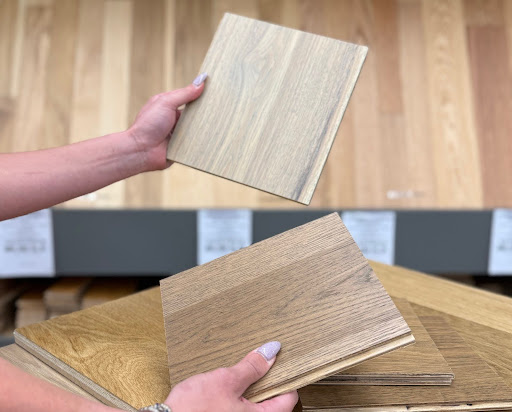
Let’s start with the basics.
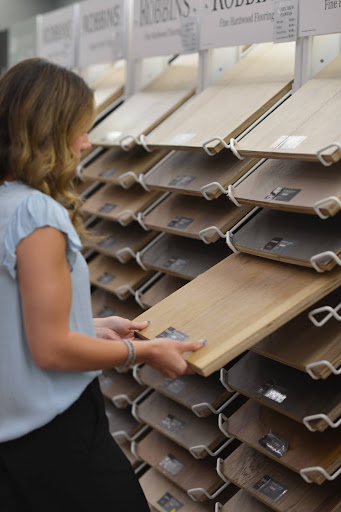
Hardwood flooring is made from real wood cut from trees—either as a solid plank or engineered layers, installed to create a long-lasting, durable surface that offers warmth, natural texture, and exceptional visual appeal.

| Feature | Solid Hardwood | Engineered Hardwood |
|---|---|---|
| Thickness | Typically ¾″ | ⅜″ to ⅝″ |
| Refinishable | Multiple times | 1–2 times (if at all) |
| Moisture Resistance | Low | Moderate |
| Ideal Areas | Above-grade only | Any level of the home |
| Longevity | 30–100+ years | 20–40 years |
Solid hardwood is a traditional favorite known for its lifespan and ability to be refinished multiple times. Engineered hardwood is better for moisture-prone environments, such as basements or kitchens, and offers more flexibility in installation.
Each board is unique, showcasing real grain patterns, tone variation, and depth that no synthetic flooring can fully replicate. It elevates both modern and traditional interiors with elegance and warmth.
Properly installed and maintained hardwood floors can last several decades, sometimes over 100 years. They also resist wear better than many other flooring options over time.
Real estate agents consistently report that homes with hardwood flooring sell faster and for more money. It’s seen as a high-end upgrade and increases buyer appeal across all demographics.
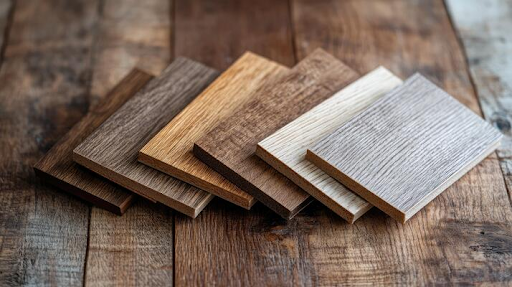
Choosing the right type of hardwood is one of the most important steps in your flooring project. Let’s break down your options.
Solid hardwood is milled from a single piece of timber, typically ¾” thick, and can be sanded and refinished multiple times throughout its life.
Avoid installing it in basements, bathrooms, or areas with high humidity, as it expands and contracts with moisture.
Pros:
Cons:
Engineered hardwood consists of a real wood veneer atop layers of plywood or fiberboard, making it more dimensionally stable than solid wood.
The layered construction prevents the plank from expanding and contracting with humidity as much as solid wood, which makes it ideal for areas like:
Engineered hardwood is ideal for:
It’s also more DIY-friendly with click-lock or glue-down installation systems.
Each wood species offers unique grain patterns, hardness, and tones.
Domestic woods (like oak and maple) are generally easier to match with U.S. interior design trends and more budget-friendly. Exotic woods offer stunning aesthetics but often come with higher maintenance and environmental trade-offs.
Installing hardwood flooring is both a technical and aesthetic process. The method, prep work, and environment all impact how the floor performs over time.
Used mainly for solid hardwood, especially over plywood subfloors. Each plank is secured with cleats or staples.
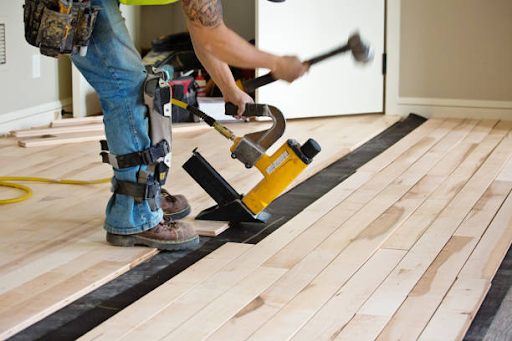
Typically used for engineered hardwood over concrete or radiant heat systems. Adhesive bonds the plank directly to the subfloor.
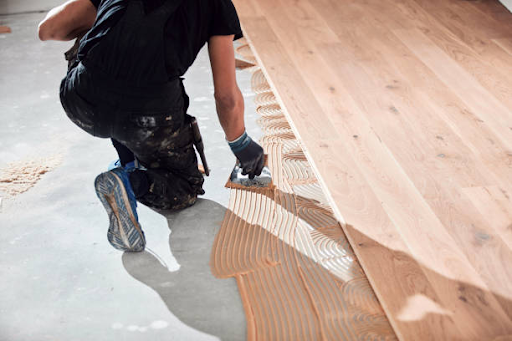
Common for engineered planks with click-lock systems. Boards attach to each other, not the floor, and rest on underlayment.

Before installing hardwood, proper subfloor prep and acclimation are critical.
Hardwood should sit in the room where it will be installed for 3–5 days to adapt to temperature and humidity. Skipping this step causes expansion issues later.

DIY is possible for floating engineered hardwood, but solid hardwood should almost always be installed by a professional due to:
A bad installation can ruin even the best flooring material.
| Material Type | Material Cost | Installed Cost (Avg.) |
|---|---|---|
| Solid Hardwood | $5–$12 | $7–$20 |
| Engineered Hardwood | $3–$10 | $6–$15 |
| Exotic Woods | $5–$15+ | $8–$18+ |
Professional installation typically adds $3–$10 per sq. ft., depending on:
DIY can save on labor, but mistakes often lead to long-term costs.
| Flooring Type | Avg. Installed Cost | Longevity | Resale Value |
|---|---|---|---|
| Hardwood | $7–$20 | 30–100 years | High |
| Laminate | $5–$8 | 10–20 years | Low–Medium |
| LVP | $4–$10 | 15–25 years | Medium |
| Tile | $8–$15 | 20–50 years | High (if modern style) |
Hardwood has one of the best ROI rates of any flooring option—especially in:
Buyers routinely pay more for homes with hardwood floors in good condition.

Hardwood isn’t high-maintenance, but it does require proper care to stay beautiful for decades.
With proper installation and maintenance:
You may never need to replace them—just refinish and restyle.

Hardwood flooring continues to evolve with interior design. In 2025, trends reflect a mix of natural authenticity and custom sophistication.
Patterned layouts are back—and they’re not just for high-end homes.
Herringbone & Chevron
Diagonal and Angled Layouts
Open Concept vs. Zoned Flooring
Tip: Use transition strips wisely to avoid visual clutter.
Matching Flooring with Interior Design Styles
| Interior Style | Recommended Wood Type | Finish |
|---|---|---|
| Modern | Wide plank white oak | Matte, low variation |
| Farmhouse | Hickory or reclaimed oak | Distressed or hand-scraped |
| Industrial | Dark walnut or gray-stained | Wire-brushed or oiled |
| Scandinavian | Maple or white ash | Blonde, natural finish |
| Transitional | Red oak or acacia | Satin finish |
Hardwood flooring can shift tone dramatically depending on:
Today’s hardwood is no longer just a background—it’s a design element that anchors the entire space.
Today’s consumers aren’t just asking what they’re buying, but where it comes from and how it was made.
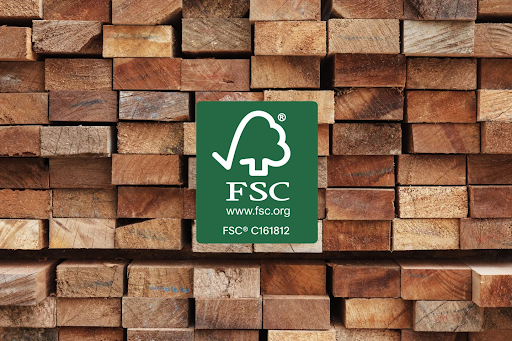
Look for the Forest Stewardship Council (FSC) logo, which certifies the wood is harvested sustainably with ethical forestry practices.
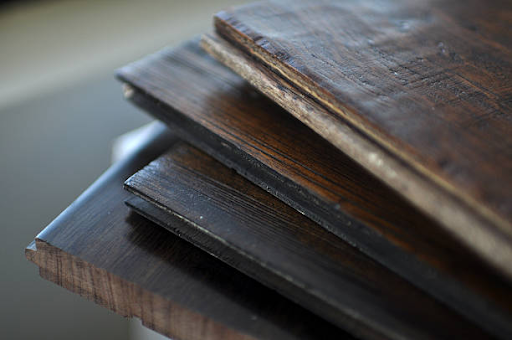
Downside? Supply is limited and installation can be trickier.
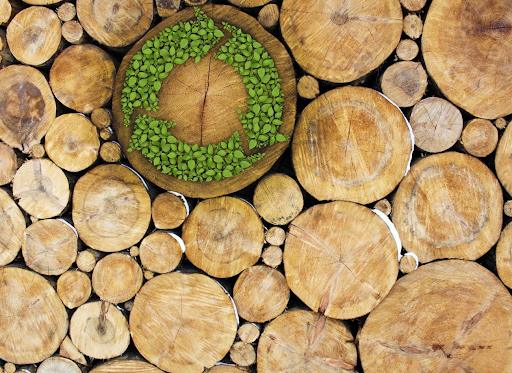
Hardwood floors, when maintained, last longer than most other flooring materials, reducing landfill waste and replacement emissions.
Over 30–100 years, hardwood outperforms even many “eco-friendly” synthetics in total footprint.
Yes, but opt for harder woods like hickory or oak, and go with matte or satin finishes to hide surface wear. Trim pet nails, use rugs, and avoid glossy surfaces.
Yes, engineered hardwood is the best choice. Solid wood expands too much with heat changes. Always confirm compatibility with manufacturer specs.
Small spills are fine. But large amounts of standing water can cause:
Use area rugs near sinks and avoid solid hardwood in bathrooms.
Yes, homes with hardwood floors sell faster and for more money. Even refinished old floors can significantly increase appraisal value.
Only if the wear layer is thick enough. 2–6mm wear layers can often be refinished once. Ask for wear layer specs before purchase.
Hardwood flooring isn’t just a design upgrade, it’s a lifestyle choice. If you want long-term value, organic texture, and a floor that grows with you over decades not years, hardwood is still the gold standard.